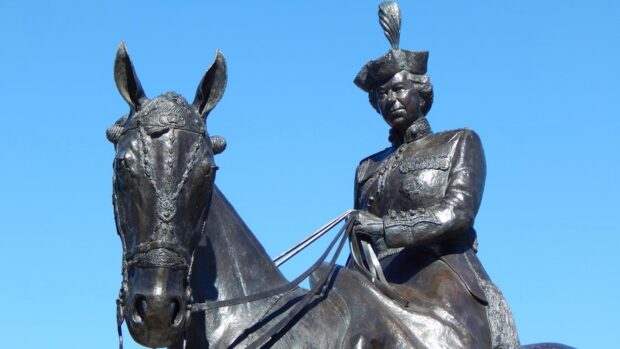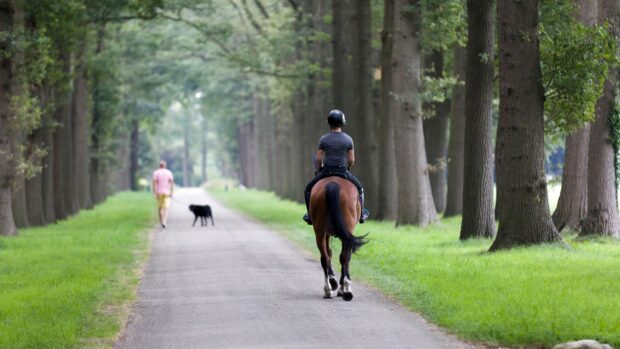A mystery disease that usually strikes horses in Nordic countries during the winter months has emerged in Iceland for the first time, leading to the death of 13 horses.
Equine polyneuropathy (AEP), also known as Scandanavian knuckling syndrome, first appeared in Scandanavia in 1995 and despite extensive research, its cause has never been identified.
The illness presents as muscle weakness in the back of the body, which can cause the fetlock joints to knuckle forward, giving it its common name. Horses with the disease exhibit full consciousness, good appetite and mostly normal behaviour.
AEP is neither contagious nor genetic and usually occurs in populations fed forage, between late winter and early May. While horses are able to make a full recovery, statistics from Norway and Sweden show that up to 30% of animals who contract the disease have to be put down.
The Icelandic Food and Veterinary Authority (MAST) confirmed the country’s first outbreak in a herd of horses at a large horse farm in northwest Iceland at the beginning of June.
Further tests have brought the total of affected horses to 44, 12 of which had to be euthanised while one was found dead.
In a statement, Sigríður Björnsdóttir, veterinary officer for health and welfare of the horse at MAST, said the disease was linked to hay the horses had been fed.
All affected animals had been fed with hay from the same field, although not all horses who ate the hay showed symptoms.
“AEP has not been found on any other farms in the country, and it can be assumed that the risk of discovering more cases this year [2019] is low, as most young horses are now grazing. There is a risk, however, that the disease will arise elsewhere in the future, as the conditions that cause it have now clearly appeared in Iceland,” the statement added.
“As the disease is new to the country, MAST requests notification of all cases where AEP is suspected or confirmed.”
AEP is found most commonly in Norway but also in Sweden and Finland, where it is typical for there to be a cluster of cases at one site.
Continues below…

Owners urged to take action over potentially fatal parasite

Subscribe to Horse & Hound magazine today – and enjoy unlimited website access all year round

What’s in a name? Rules on naming Icelandic horses make headlines
The tricky business of naming horses has been thrown into the spotlight after a dispute over the naming of an
It most often occurs in young horses (but not in foals) who have been fed wrapped hay or haylage. Mortality rates vary between 30% and 50%, with most horses being cured with rest and new feed while others become recumbent and have to be put to sleep. Intermittent knuckling has been observed for up to 17 months in some recovering horses.
Between 1995 and 2017, 400 cases were identified in clusters across Scandanavia, involving a range of breeds.
While forage-related toxicity has been suggested as a cause, studies have n0t identified the pathogen responsible. There are no other known risk factors.
For all the latest news analysis, competition reports, interviews, features and much more, don’t miss Horse & Hound magazine, on sale every Thursday.




